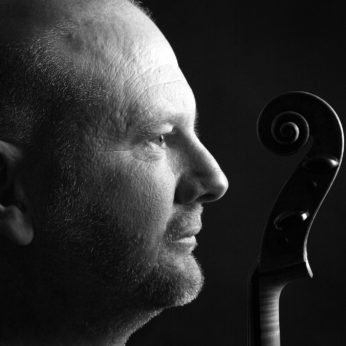We have all been brought up on the idea of Mozart spending his last years in abject poverty, ignored by the city that once had feted him. This could not be further from the truth. In the autumn of 1790 he was able to borrow enough money to finance a trip in his own coach (my carriage, I should like to give it a kiss, is simply wonderful) to Frankfurt to attend the coronation of Leopold as Emperor. While he was gone, Constanze moved the family into a new apartment in Vienna, which was spacious enough for a study, a private billiard room as well as a living room large enough for house concerts. There was also a courtyard where he could stow his beloved coach and stabling for his horse.
It was in this apartment at Rauhensteingasse that the legendary first reading of the D major Quintet took place, with Mozart and Haydn on violas and Johann Tost on violin. Tost had once been principal second violinist in Haydn’s Esterhazy orchestra, but thanks to an inheritance, had become a businessman, rich enough to commission two quintets from Mozart. This was just before Haydn’s departure on his first celebrated trip to England. Mozart had declined to go because he could not bear to be apart from Constanze, who was not well enough to travel, and anyhow he had more than enough work to keep him in the style to which he was accustomed. In the next year he was to compose and perform two major operas – both highly successful, his last two concertos, a whole series of German Dances for the Imperial Court, another string quintet, the motet Ave Verum Corpus, ten minor works including cantatas and, lastly, the Requiem. When he died, Mozart was at the height of his fame, his prospects had never been better and his genius was undimmed – but he had little ready cash, thus the myth of his poverty.
So that evening in December 1790, when the five musical friends sat down to play through Mozart’s latest composition, must have been a joyful and memorable occasion for all of them. Mozart had only recently completed his three Prussian Quartets with their special emphasis on the instrument of the cello-playing King Frederick of Prussia, so this might account for the prominence of the cello in the amazing Larghetto opening to the Quintet. This introduction consists of a series of six spread chords played solo by the cello with answers from the four upper strings, as if to say that the cello can lead the ensemble just as well as the first violin. The exposition of the subsequent Allegro generates a continuous flow of energy, which is emphasised in the short development. After the recapitulation, Mozart brings back the opening Larghetto in a different modulation, followed by a short coda.
In the opening bars of the lovely Adagio, the Larghetto is recalled with a downward-curving motif that keeps re-appearing as a talisman amongst the following episodes. However the heart of this movement is a series of ecstatic dialogues between first violin and cello. The minuet is sturdy and compact, while the trio enters another more rarefied realm. The finale is an exhilarating exercise in five-part polyphony, a dazzling exhibition of Mozart’s mature mastery.
